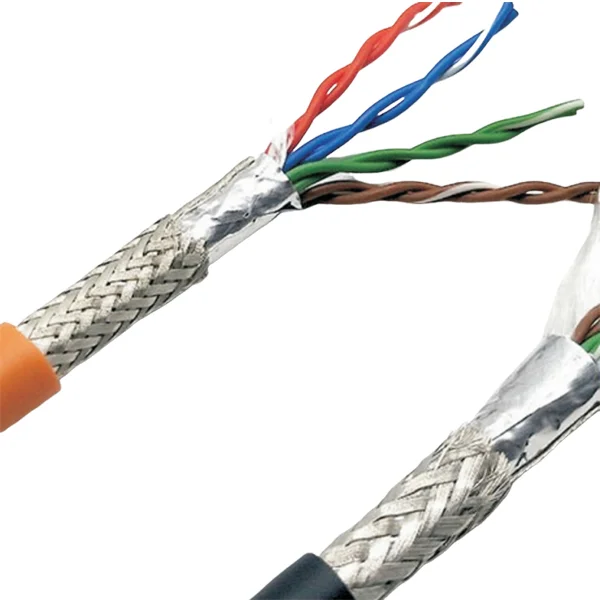As the chill of winter approaches, many homeowners are faced with the dilemma of how to keep their spaces warm without breaking the bank. Electric heaters are a popular choice due to their convenience and efficiency, but with a myriad of options available, the question arises: Which electric heater is the cheapest to run? In this article, we will delve into the various types of electric heaters, their operational costs, and factors that influence their efficiency, ultimately guiding you to make an informed decision.
Understanding Electric Heater Types
Before we can determine which electric heater is the most economical to operate, it’s essential to understand the different types available on the market:
- Convection Heaters: These heaters warm the air in a room by circulating it. They are typically used for larger spaces and can take longer to heat up.
- Radiant Heaters: Radiant heaters emit infrared radiation that directly warms objects and people in their path. They are ideal for spot heating and are often more energy-efficient for small areas.
- Fan Heaters: These heaters use a fan to blow warm air into the room. They heat up quickly but can be less efficient in larger spaces.
- Oil-Filled Radiators: These heaters are filled with oil that is heated electrically. They retain heat for longer periods, making them efficient for maintaining warmth.
- Infrared Heaters: These heaters use infrared technology to provide direct heat to objects and people, making them highly efficient for targeted heating.
Analyzing Operational Costs
To determine which electric heater is the cheapest to run, we need to consider several factors:
- Wattage: The wattage of a heater directly affects its energy consumption. A higher wattage means more energy used, which translates to higher costs. For example, a 1500-watt heater running for one hour consumes 1.5 kWh of electricity.
- Electricity Rates: The cost of electricity varies by region and provider. Understanding your local electricity rates is crucial in calculating the operational cost of any electric heater.
- Heating Area: The size of the area you need to heat will influence the type of heater you should choose. Using a heater that is too powerful for a small space can lead to unnecessary energy consumption.
- Insulation and Room Conditions: Well-insulated rooms retain heat better, reducing the amount of time a heater needs to run. Conversely, poorly insulated spaces will require more energy to maintain a comfortable temperature.
Cost Comparison of Electric Heaters
To provide a clearer picture, let’s compare the estimated running costs of different electric heater types based on a standard electricity rate of $0.13 per kWh:
- Convection Heater (1500W): Running for 8 hours a day would cost approximately $1.04 per day.
- Radiant Heater (1000W): Running for 8 hours a day would cost about $0.84 per day.
- Fan Heater (1500W): Running for 8 hours a day would cost around $1.04 per day.
- Oil-Filled Radiator (1500W): Running for 8 hours a day would cost approximately $1.04 per day.
- Infrared Heater (1000W): Running for 8 hours a day would cost about $0.84 per day.
Conclusion: Finding the Most Cost-Effective Solution
Based on the analysis above, radiant heaters and infrared heaters emerge as the cheapest options to run, particularly for smaller spaces or targeted heating. Their lower wattage and efficient heating methods make them ideal for cost-conscious consumers.
